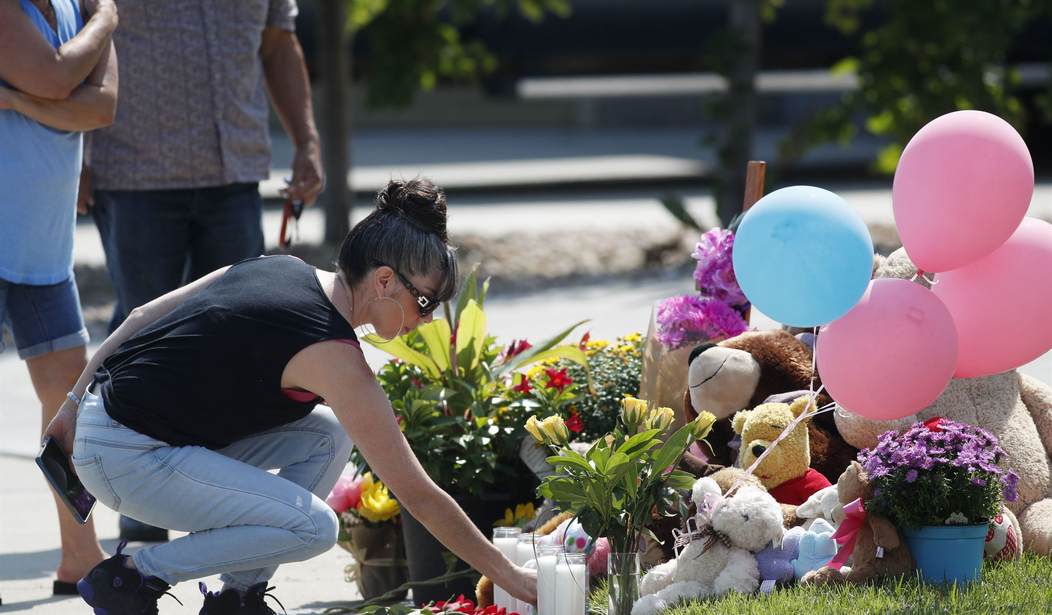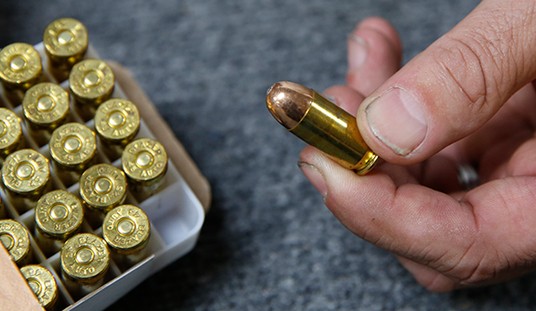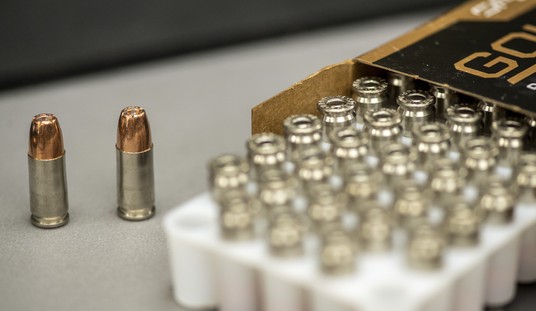The fundamental purpose of gun control laws, or so we’re told anyway, is to make us safer, right? Just a few “commonsense” restrictions on the right to keep and bear arms and criminals can be thwarted from committing their violent acts, and any infringement on your Second Amendment rights pales in comparison to the public safety benefits that come with from the gun control lobby enacting a few items on their anti-2A wish list.
The reality of gun control is far different than the rhetoric espoused by its biggest proponents, however, and the false promises of safety are painfully obvious when looking at what’s happened over the past decade or so in the state of Colorado.
Like many other states, violent crime skyrocketed in the state starting in 2020, but an analysis of 35 years worth of crime data by the Denver Post shows that homicides, aggravated assaults, and other violent crimes have actually been increasing for several years.
The analysis focused on eight of the most serious crimes — homicide, aggravated assault, rape, robbery, arson, burglary, larceny and motor vehicle theft — and did not include drug offenses or lesser crimes like trespassing. Accurate statewide data for 2021 will not be available for several months as many cities are still finalizing their crime statistics.
Some of the major findings include:
- Not all types of crime are rising. While Colorado’s rates for homicide, aggravated assault and motor vehicle theft rose by more than 10% in 2020 over the average of the prior three years, rates for rape, larceny, robbery and burglary stayed relatively level or declined.
- Increases in aggravated assaults — which include shootings and stabbings — and motor vehicle thefts are the biggest drivers of increased rates statewide of violent crime and property crime.
- Colorado’s communities are not a monolith. Trends in the state’s largest cities differ from each other, as do those in medium-sized towns.
- Colorado’s 2020 violent crime rate was the highest it’s been since 1995, but is lower than it was between 1985 and 1995. The state’s 2020 property crime rate was the highest recorded since 2008, but is less than half the rate recorded in the mid-1980s.
- While Colorado’s violent crime rate jumped 10% between 2019 and 2020 — the largest single-year increase since 1990 — that increase came as part of a six-year upward trend. The state’s violent crime rate increased by 8% year-over-year in 2016, 2017 and 2018.
That six-year upward trend that Post mentions? It began in 2014, which as it happens was the year after the state imposed its first new gun control laws in decades; a ban on so-called high capacity magazines and the implementation of universal background checks. Since then, as the state has continued to drift leftward in its politics, more gun control laws have been added in the name of public safety, and violent criminals, particularly in the state’s biggest population centers, seem strangely immune to the supposed effects of the new restrictions.
The Denver Post doesn’t mention the fact that the state’s gun laws have had no impact on reducing crime, of course. I’m sure they’d prefer to just ignore that inconvenient truth. Instead, they spoke to a number of criminologists who say that figuring out what’s behind the crime spike is complicated.
“We’ve been asking that question for years,” said Stacey Hervey, an associate professor in the Criminal Justice and Criminology Department at Metropolitan State University of Denver. “It’s so multi-faceted.”
Socioeconomic factors — like education, housing and job opportunity — in communities also matter, Pyrooz said. While those standards don’t shift dramatically year over year, they create a cumulative impact.
“You can’t talk about rises in violence without talking about the underlying conditions that give rise to it,” he said.
Different types of crime often have different underlying motives and should not be lumped together when looking for causes, said Jeffrey Lin, an associate professor at the University of Denver who studies crime.
For example, a person committing theft is most likely going to be motivated by the need for money. But someone shooting or stabbing someone is less likely to be financially motivated and may instead be acting out of revenge or in the heat of the moment.
Conclusive research parsing the reasons for the spikes in some crimes in 2020 will take years, Pyrooz said. “By the time we figure it out people are going to have moved on,” he said.
Politicians for years have attempted to pin changes in crime trends on their opponents’ specific policies or reforms, Lin said.
He advised that people should challenge politicians making such accusations with a simple request: “Show me the data.”
Now, I’m not saying that Colorado’s crime spike happened because of its embrace of gun control laws, but it’s pretty clear that those laws haven’t done anything to make the state a safer place. Guns are being used in more aggravated assaults than they were a decade ago, which shouldn’t be happening if things like magazine bans and universal background checks were actually effective at preventing bad actors from getting their hands on a gun.
If anything, it looks like Colorado’s violent criminals are more emboldened now than they were back in 2012. And honestly, why shouldn’t they? The Democrats in the state have moved to make life easier for violent offenders and harder for legal gun owners for years now, and even if the average armed robber isn’t paying close attention to the legislative doings at the state capitol building, the effects are clearly evident within the criminal justice system itself.
I’d love to believe that a red wave election will wipe out the current Democratic legislative majority and return some Second Amendment sanity to the Centennial State, but given the current political environment it’s going to take a lot of work on the part of conservatives to claw back ground come November. Still, my own state of Virginia is living proof that states trending blue can reverse course, and Colorado conservatives should be operating under very favorable conditions in this year’s elections, so I’m not giving up hope that the state’s violent crime rate and gun laws could both take a more positive turn in the not-too-distant future.









